Astrophotographer Andrew McCarthy captured “GigaMoon,” a 1.3-gigapixel image of the Moon, stitched together from 280,000 photos.
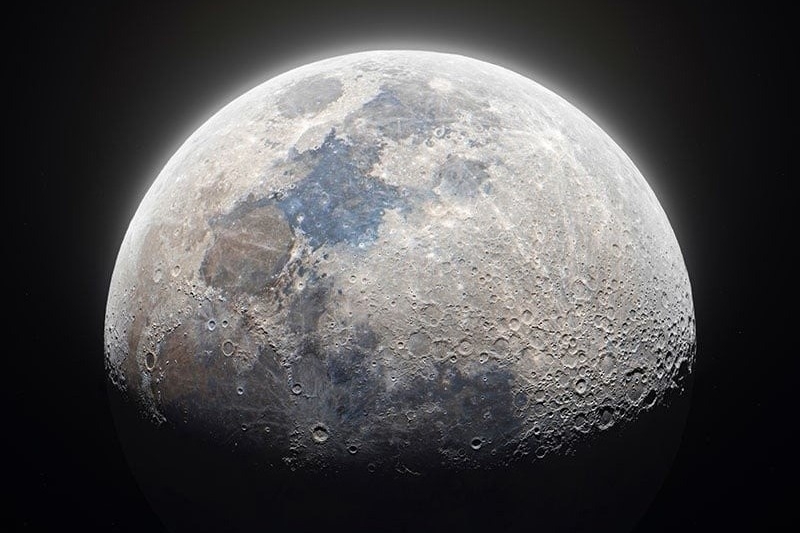 |
The 1.3 gigapixel GigaMoon image was stitched together from 280,000 different images. Photo: Andrew McCarthy |
“My hard drive contains dozens of failed GigaMoon attempts. I have to monitor the weather conditions that affect astronomy to keep up with the ever-changing conditions in the atmosphere,” McCarthy told PetaPixel.
McCarthy used a 28cm telescope with a 2.5x magnification system, giving a final focal length of 7,000mm. Temperature differences between atmospheric layers can make the Moon appear hazy and shaky when photographed at this focal length.
“Even in good weather, the images are almost like being shot through water because the atmosphere distorts the image. So I took about 2,000 images at a time of each part of the Moon,” McCarthy explains.
After capturing one section, the photographer continued to capture other sections until he finally captured the entire Moon.
Despite the relatively good conditions, there were times when the sky was less than optimal, so McCarthy did a process of photographing the entire moon twice to get the sharpest images of all the different regions. In total, he took 140 passes of 2,000 shots each, which equates to a total of 280,000 images.
The image is so detailed that it shows thousands of holes on the lunar surface. Photo: Andrew McCarthy
However, the equipment used for this process was monochrome, and the photographer continued to shoot in color.
“To capture the color, I used a 30cm Newtonian telescope equipped with a full-frame CMOS camera to get high-quality color data to add to the final image,” says McCarthy.
Finally, assembling all the images and color data into a final image is an even more complex task that requires a lot of computing power.
“I incorporated “drizzle” into the image, which means I had software interpolate data between pixels to create a higher resolution image from a series of original duplicate images, a process that took several days to complete,” the photographer said.
Once this process was complete, the regions of the moon were hand-composited in Photoshop. While assembling, McCarthy also adjusted the orientation of the images to compensate for the moon changing angles during the shoot.
After several days of assembling the image, the photographer moves on to the usual steps of adjusting contrast and color. McCarthy has to cut the image into pieces so that the computer can process the extremely large image.
“The image was cut into multiple pieces and reassembled 10-15 times, to ensure the final product looked perfect overall even when enlarged,” he said, adding that the computer crashed at least a dozen times while completing GigaMoon.
According to Zing.vn
Source


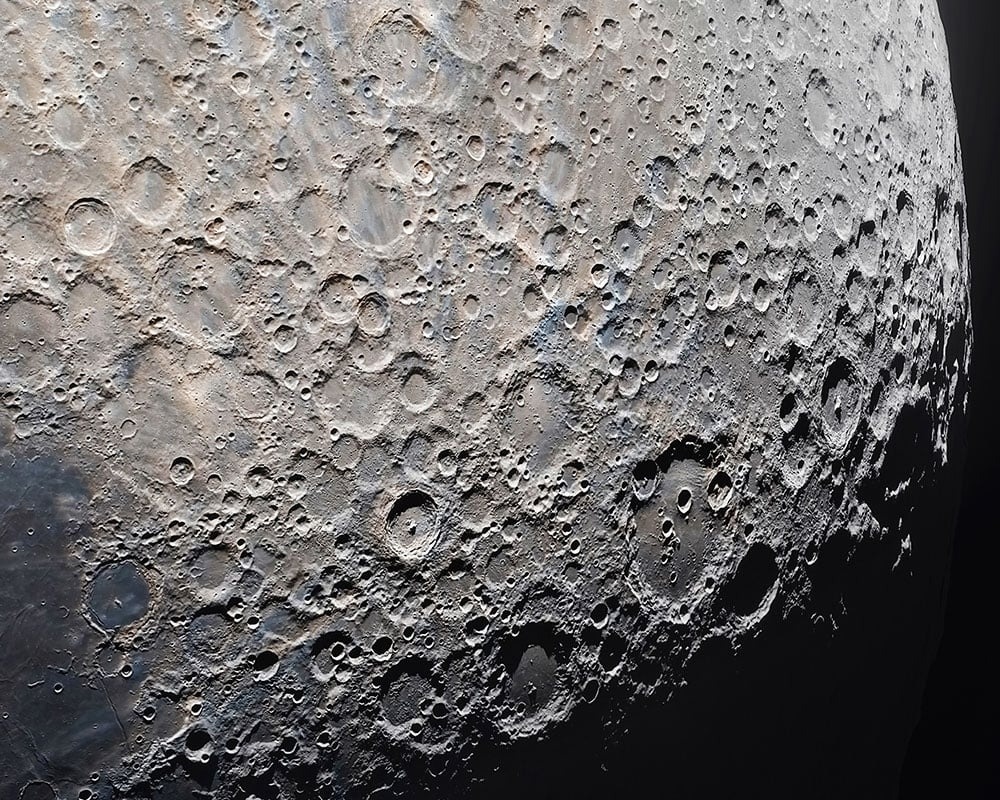
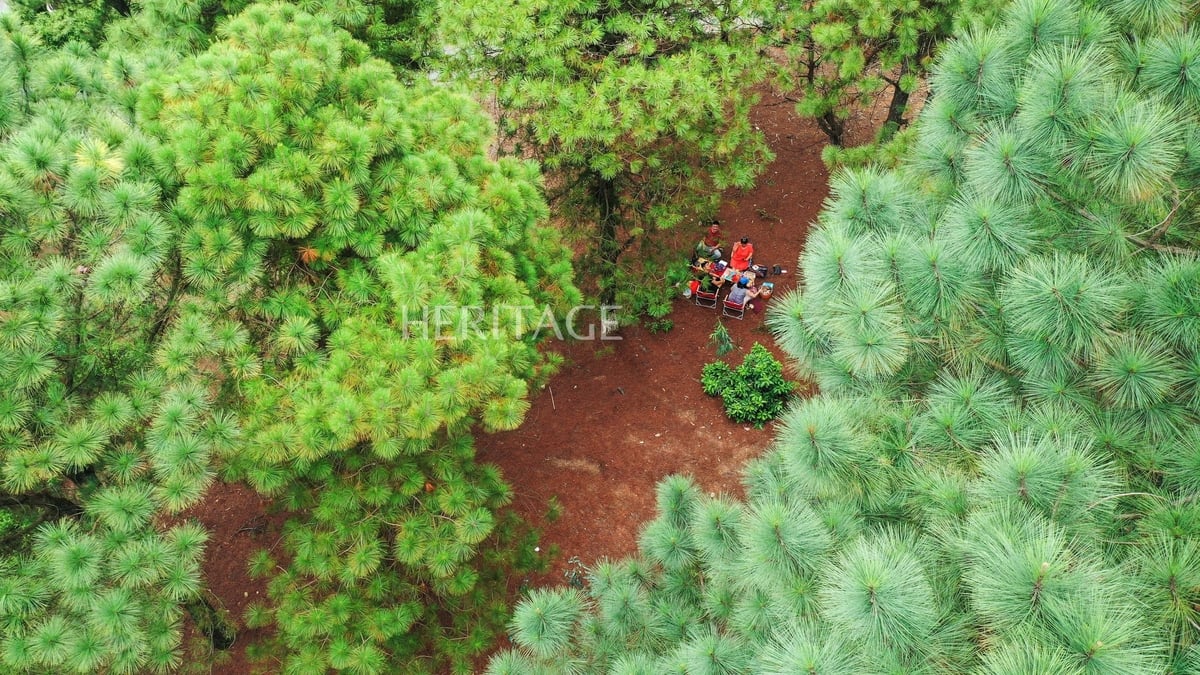


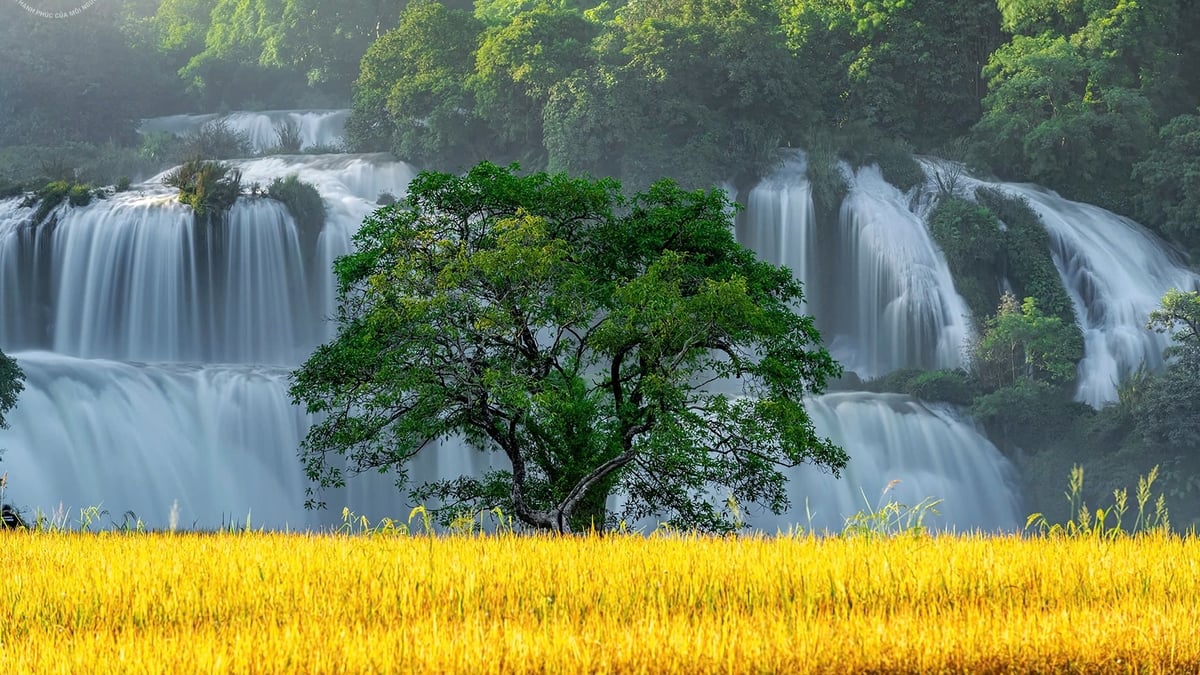

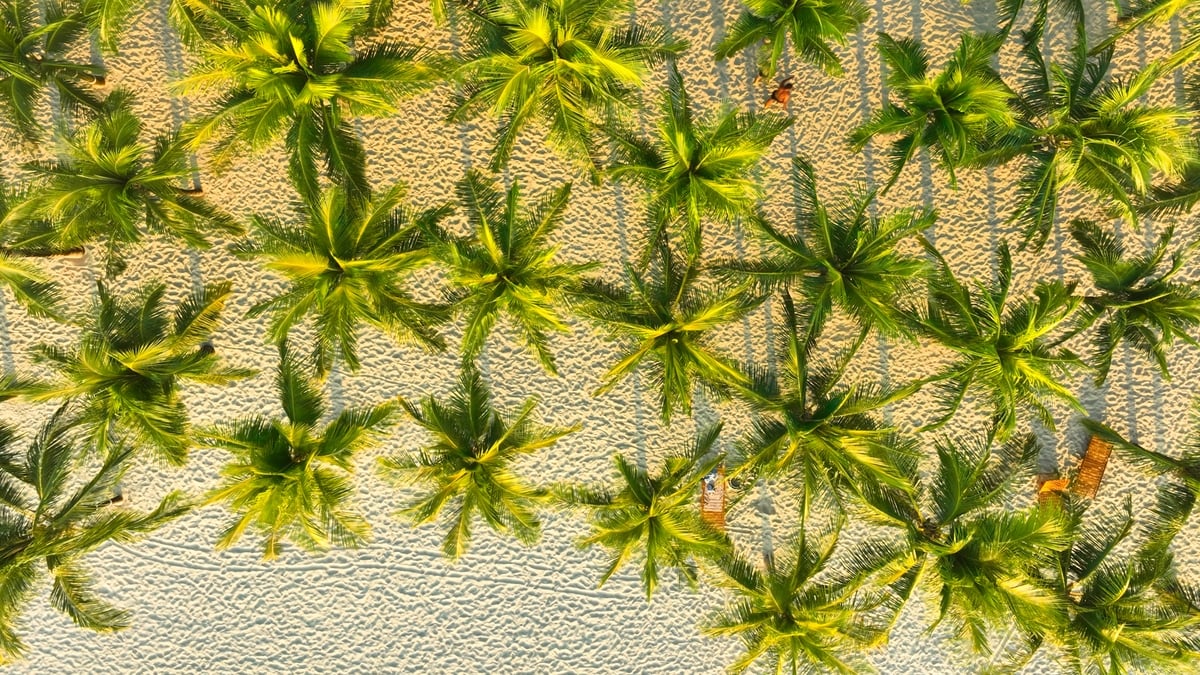
















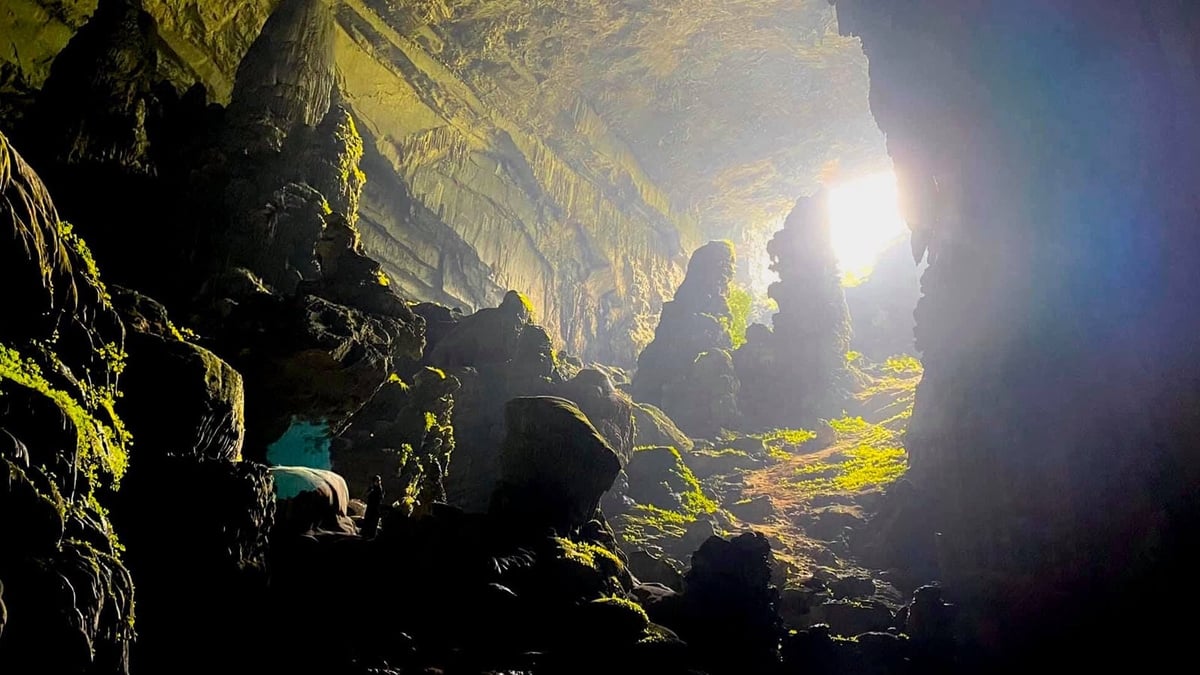






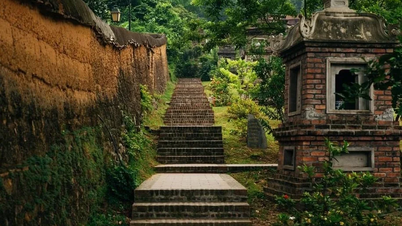



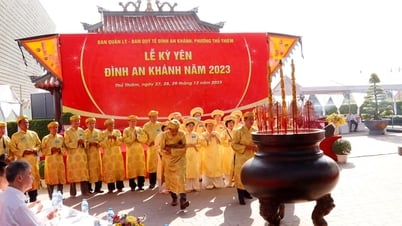









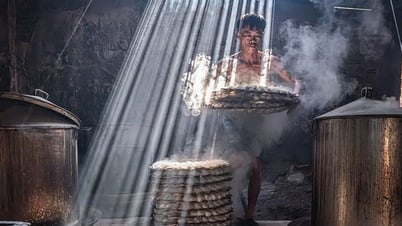





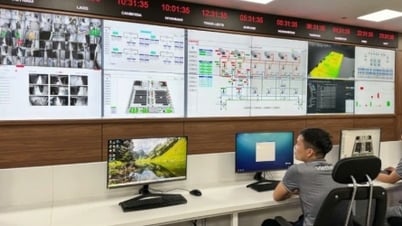


















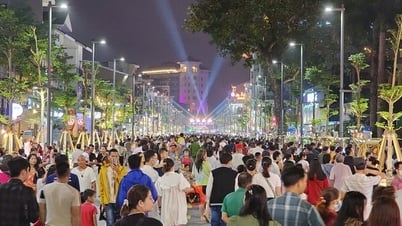





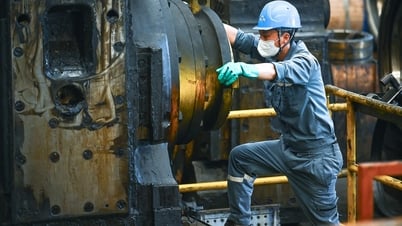

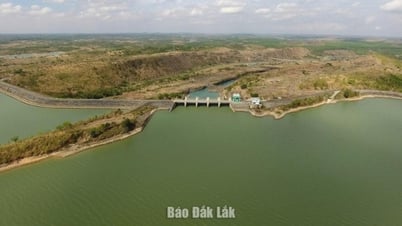

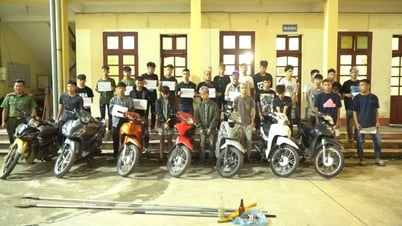

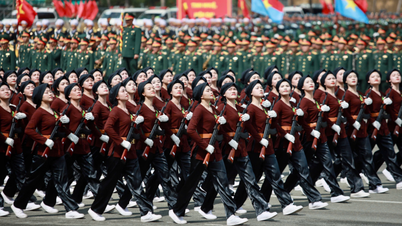












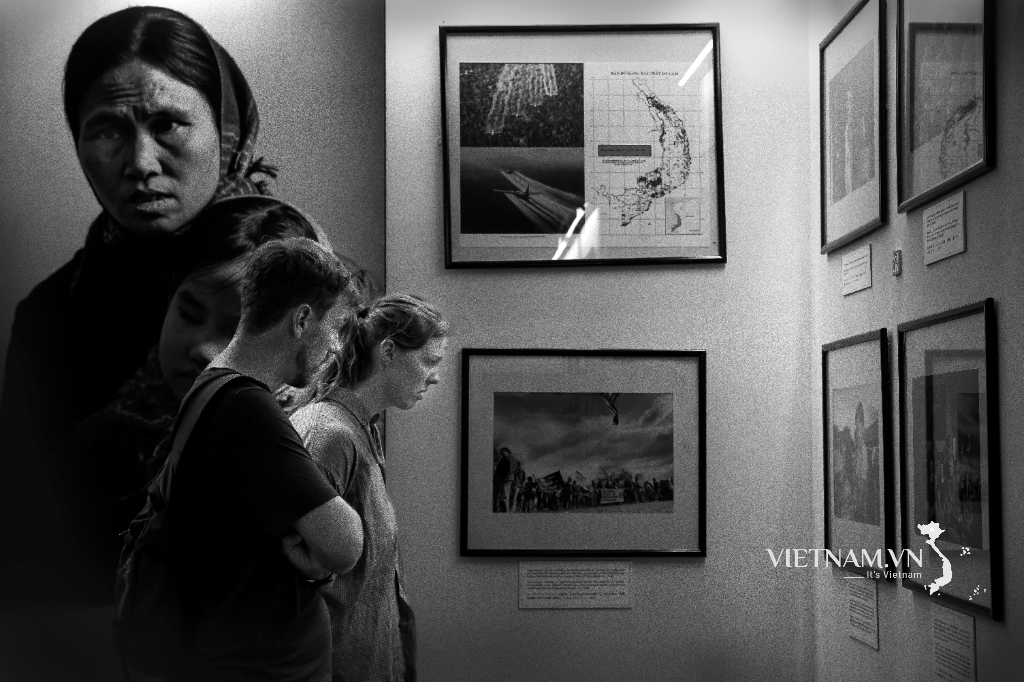
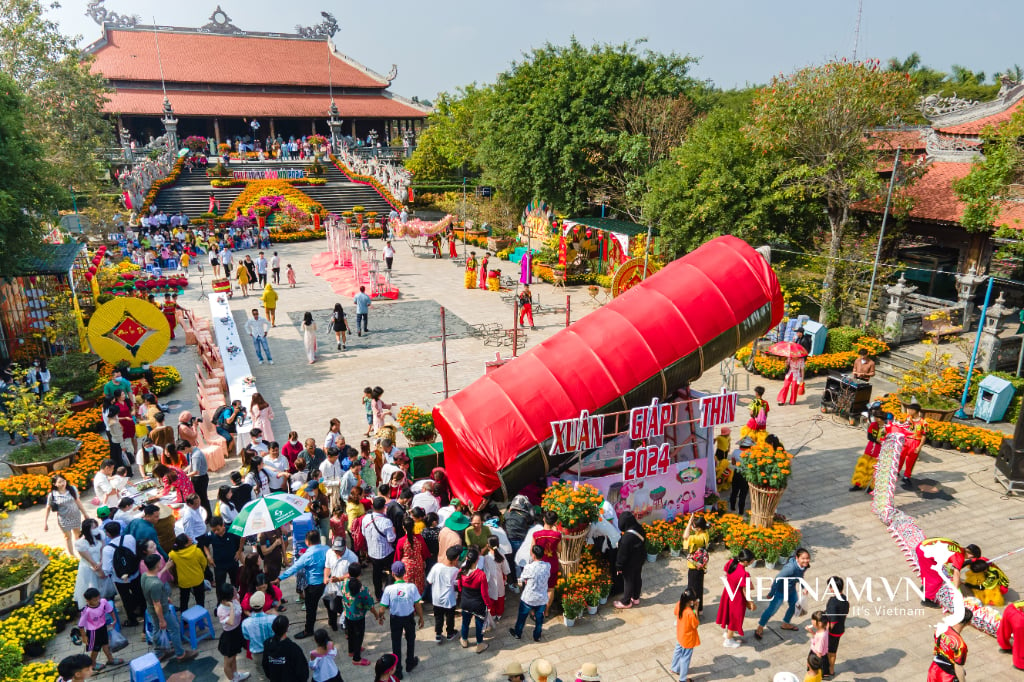
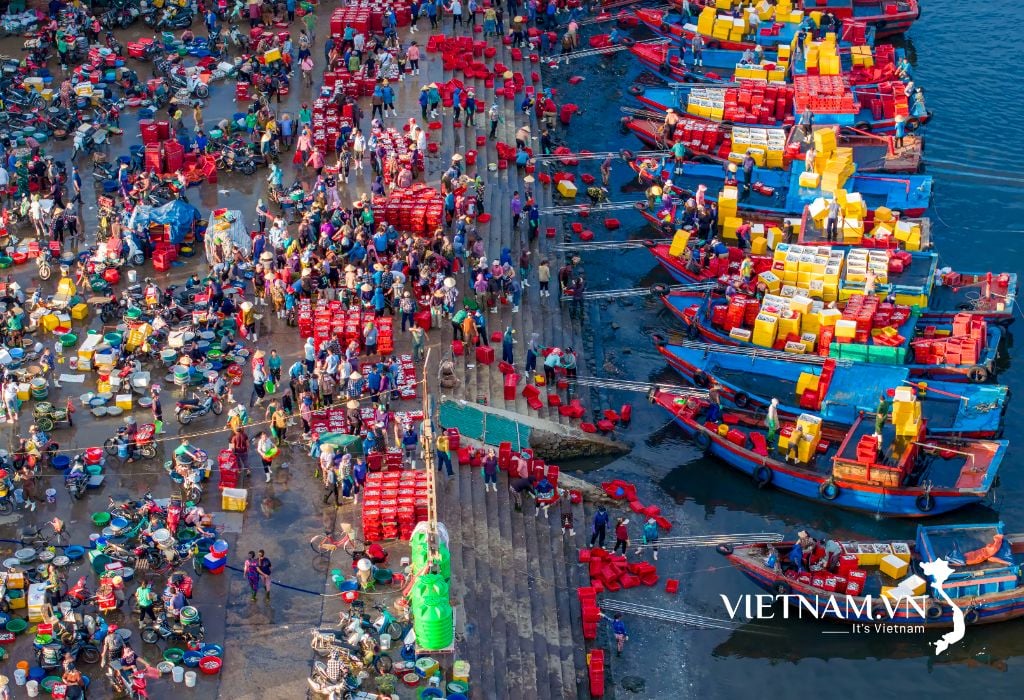

Comment (0)